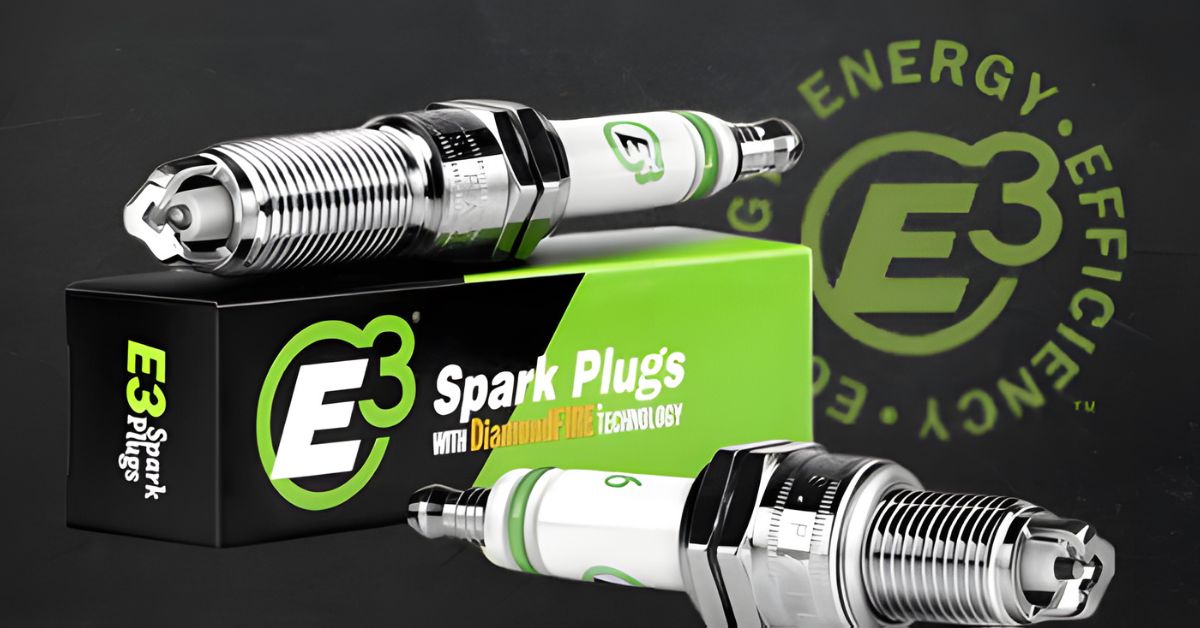
Removing a stuck spark plug from a lawn mower can be a frustrating problem. These small but vital components enable the mower to run smoothly. In this guide, we’ll go through seven effective ways to tackle this issue, giving you the knowledge and confidence to get the job done.
First Things First
It’s helpful to understand the role of lawn mower spark plugs before beginning to carefully resolve the problem. Spark plugs deliver electric current from the ignition system to the combustion chamber while containing the combustion pressure within the engine. They are essential for starting the engine and maintaining its operation. Over time, these plugs can become stuck due to residue buildup or corrosion.
The Tools You’ll Need To Remove the Spark Plug

To safely remove a stuck spark plug, you’ll need several tools to prepare for various tasks and unexpected challenges.
- Socket wrench or spark plug socket
- Penetrating oil
- Torque wrench
- Cleaning brush
- Anti-seize lubricant
Step 1: Apply Penetrating Oil
Penetrating oil is a lubricant spray that works wonders by loosening the residue and corrosion that might be causing the plug to stick. Spray the oil around the base of the spark plug and give it some time to get through any debris. Waiting about fifteen to twenty minutes typically does the trick.
This method is particularly effective if the plug has been exposed to moisture. The oil breaks down rust and sediment, making the plug easier to unscrew.
Step 2: Use the Right Socket
A spark plug socket is specially designed to fit snugly, minimizing the risk of damage. Make sure the socket wrench is the correct size and firmly attaches to provide more control over each movement.
Step 3: Heat the Engine Block Gently
By running the engine for a short period, the metal expands slightly, which can help loosen the spark plug. However, exercise caution; excessive heat can cause damage.
After warming the engine, try using the socket wrench again. The combination of heat and penetrating oil will make a noticeable difference.
Step 4: Loosen the Spark Plug Using a Torque Wrench
If the spark plug still won’t budge, try using a torque wrench. This tool is a version of the socket wrench; the user can set the torque wrench to the specific torque setting to apply the perfect amount of force.
A torque wrench can help you apply the right amount of force without overtightening or stripping the plug. By gradually increasing the torque, you can coax the plug loose but be patient with it.
Precision is the goal, so take as much time as you need to loosen the spark plug. Abrupt movements may damage the threads or snap the plug in place.
Step 5: Clean Around the Plug
Sometimes, dirt and debris around the plug can cause it to stick. Use a small brush or old toothbrush to clean around them. Sometimes, just wiping away superficial grime is enough to unscrew it. This step also prevents dirt from falling into the engine cylinder once it’s removed, maintaining engine integrity.
Step 6: Use Anti-Seize Lubricant
Applying an anti-seize lubricant is another effective approach. After cleaning around the plug, apply the lubricant and wait a few minutes. This product works by reducing friction between the plug and the engine block.
Once applied, try removing the plug again. The lubricant should make turning the plug easier, enhancing your efforts with the socket or torque wrench.
Step 7: Inspect and Replace the Spark Plug
After successfully removing the stuck spark plug, inspect it and the engine block for any damage. If the plug’s condition is poor or the electrode is worn out, it’s time to replace it.
Consider using E3 Spark Plugs. We’re famous for our advanced DiamondFIRE technology that enhances combustion potential, fuel economy, and performance.
Replacing the plug ensures that the lawn mower runs correctly. Routine maintenance—including checking and replacing plugs—prolongs mower life and efficiency.
Apply Rust Removers
Rust removers are chemicals designed to dissolve rust and corrosion. Apply the rust remover around the spark plug base and let it sit for the product’s recommended time. Then, use the socket wrench to remove the plug.
These solutions are ideal for plugs stuck due to rust. The chemical solution is a great fix to a mechanical problem because it decreases the need for excessive force.
Try the Tapping Method
The tapping method involves gentle percussion to break the bond between the plug and its housing. Lightly tap the top of the spark plug with a small hammer or a wooden dowel. The action helps dislodge rust or carbon deposits. Be careful not to apply too much force; too much force could damage the plug or the engine block.
After tapping, use the spark plug socket to remove the plug. The vibrations from tapping frequently make it easier to turn the spark plug. Use caution when attempting this method.
Use a Breaker Bar
A breaker bar provides extra leverage to break stubborn spark plugs free. Attach the spark plug socket to the breaker bar and gently apply pressure. The extra torque helps loosen tight plugs.
Apply steady, controlled pressure to avoid snapping the plug. This method is particularly useful when dealing with overtightened plugs. It’s a straightforward technique that relies on mechanical advantage to solve the problem.
Consider Professional Help
While DIY methods are great, knowing when to call a professional can save time and money. It’s better to be safe than sorry when dealing with intricate engine components.
In cases when the spark plug remains stuck despite your best efforts, seek professional assistance. Mechanics have specialized tools and experience to remove the plug without damaging the engine. Professional intervention prevents costly mistakes by correctly completing the job.
Leverage an Impact Wrench

An impact wrench is ideal for loosening stuck spark plugs because it can deliver controlled bursts of torque. Use a low setting to prevent damage; ensure the wrench is compatible with the spark plug socket.
The rapid rotations and torque provided by the impact wrench can break the bond holding the plug in place. This method is best suited for professionals or those familiar with power tools, as improper use can cause damage.
For those comfortable with this advanced tool, this method offers a quick and efficient solution. Otherwise, it’s necessary to call for professional assistance to remove the stubborn spark plug.
Uphold the Lawn Mower Engine’s Health
When replacing spark plugs, consider using E3 Spark Plugs for lawn equipment. They’re favored for their ability to enhance engine efficiency and mitigate future complications. Choosing high-quality plugs means less frequent replacements and better engine performance.
Even if you find it difficult to safely remove stuck spark plugs, it’s possible to establish a lawn mower with a healthy engine. Each of these techniques offers a unique approach to solving the problem, ensuring you have options at your disposal.
If difficulties arise, consulting a professional is the smartest choice. Explore these methods, find the best spark plug replacement, and get ready to have your mower back up and running better than ever before.







